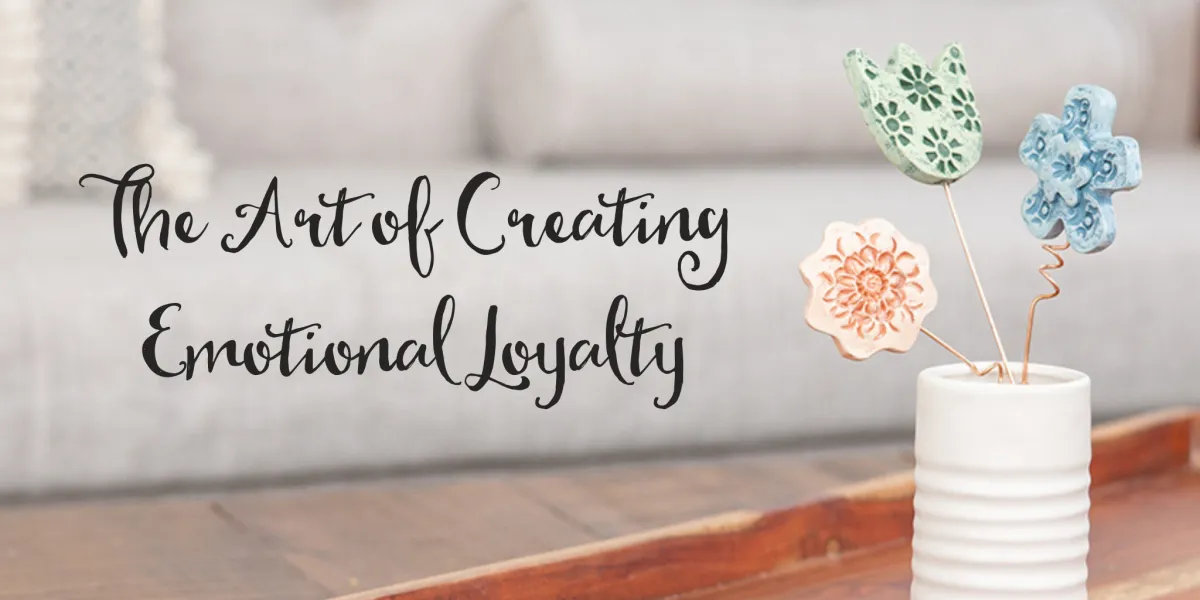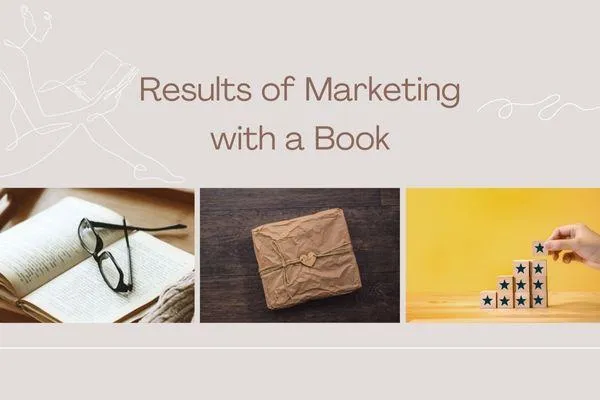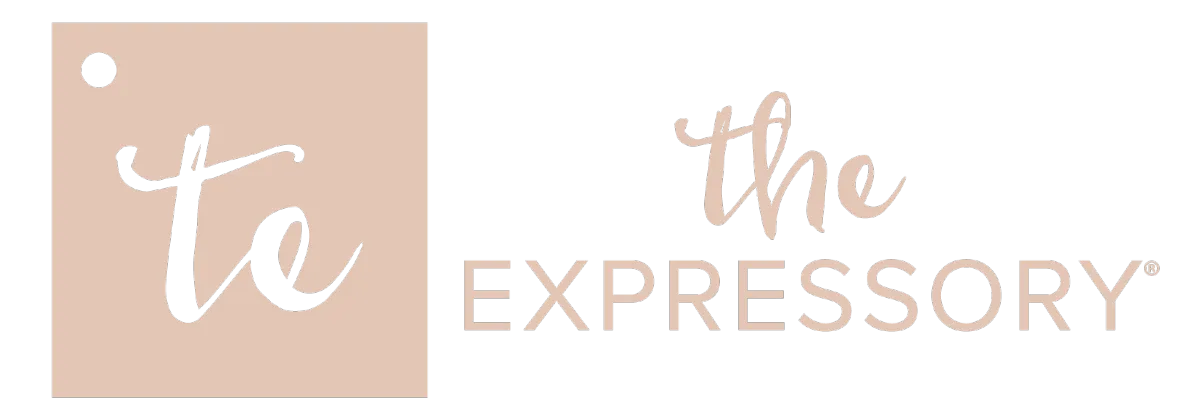
What Swimming Teaches Us About Team Relationships
In my latest video, I break down how swimming teaches us the importance of these relationship-building efforts and the specifics of what we as leaders need to nurture with our teams.
Holiday Gift Insights - What Everyone Else Is Doing
In an effort to simplify the decision-making process, we're sharing some of the trends we've seen with gifting over the years. We're even sharing our best seller and why that gift had such success.
What Makes A Successful Holiday Gift? The Travel Bag Edition
Last year we had the opportunity to work with one of our clients in the travel and tourism space to design an experience that delivered their highest engagement yet.

A Case for Prospecting With a Book
One of the frequently asked questions we receive from authors is – Why should I give my book away for free? Is it really worth it? We typically respond with a single statistic about the return that one of our clients received from consistently mailing free copies of their book. Over time, though, we’ve collected quite a few stories about the success of giving away free books. So, we thought it was time to showcase some of the amazing return that authors have experienced.
Your Book Simplifies The Prospecting Process
One of the top benefits of marketing with a book (giving it away) is the simplification of the prospecting process. Businesses are always looking for ways to build trust and credibility, simplify the effort of building these new relationships, and overall shorten the conversion cycle. A book is a perfect tool to help you do just that. Here are just a few of the roles it can play:
It’s a conversation starter: Send them a free copy of the book and follow up with them to discuss their thoughts and feedback. Include a personal message that points out which part of the book would benefit them and you’re immediately adding value, which builds trust and credibility. The content of the material demonstrates your knowledge and qualifications.
It is a referral tool: Use the book to get more referrals from satisfied customers. Encourage customers to share the book (give it away for free) with their friends and colleagues who may benefit from the material.
It builds your brand: Use the book to build your brand and establish yourself as an expert in your industry. Share your book on social media, give speeches, and participate in events to get more visibility and attract more prospects.
It builds deeper relationships: Use the book to build deeper relationships with prospects by offering them exclusive content, access to webinars or Q&A sessions, and a chance to interact with you.
It's important to note that using a book as a marketing tool is not a one-time thing, it's a long-term strategy that requires consistency and creativity.
ROI of Marketing with a Book
Need proof? Here are some authors who have had tremendous success following a consistent approach to leveraging the hard work of becoming published.
Craig Lowder, Founding Principal of MainSpring Sales Group shared that “Gifting my book, Smooth Selling Forever, to prospects and connectors, as well as at speaking engagements has had a profound impact on the growth of my consulting business. Since 2016, I can attribute an 87% prospect conversion rate, twenty-six new clients and over $886,000 in new business income to the giving of this book.”
Lisa Apolinksi, CEO of 3 Dog Write, authored the book Grow Your Market Share In A Zombie Apocalypse. She shared, “When I network with connections on LinkedIn, I am able to offer a free copy of my book (and I can choose or send all three, depending on the individual). These books have been my "one pager" and have opened doors for conversations with international banks, a very large beverage manufacturer, a billion-dollar Japanese electronics manufacturer, and so on. Not to knock one pagers, but books outline some of my tips and a guide on how to use those tips. It showcases my expertise in a way a one pager cannot. Plus, it helps with my personal branding and authority, which is where everyone should be focused now with the rise of ChatGPT. My next book, out around December, will cover personal branding using a 2,000-year-old guide (The Greatest Personal Brand Story Ever Told).”
Bruce Werner, an independent consultant, published Your Guide To Better Business Decisions, and shared that he is a firm believer in the benefits of using a book to convert more prospects. "I was having trouble converting a prospect to a client, so I sent him a book. That cost me $10. He engaged me at the end of our first discussion. His project not only paid for the cost of producing the book, but provided a 50% IRR on my investment, within 6 months of publication. Everyone won on that deal."
Here's the great news – You don’t have to be an author yourself to experience these types of benefits. Gifting books from other authors and making personal notes as to the value you think the recipient will receive creates the same trust and strengthened relationship.
Rick Scruggs, CEO and Founder of Financial Designs, shared “Day one in my career I learned about getting, and more important about giving, books to people you met, liked, and wanted to know and maybe work with. I believe we have given away over 5,000 books from Napolean Hill, Earl Nightingale, Dan, Sullivan, Tony Robbins, David Berg, Nassim Taleb, Michael Gerber, Jim Collins, Nancy Kline, Bera Waters, and so many more. That helped us build a billion dollars of assets to steward and change people’s lives.”
As you can see, the potential is huge when you’re consistent in your actions and your follow-up. Whether it’s your book or another publication that is just as valuable for the recipient, your continued nurturing of the relationship is what will drive this process to conversion.
5 Steps for Lead Nurturing With a Book
Marketing with a book isn’t just one action. It’s only successful when the nurturing continues for the long-term. One of the best ways you can set yourself up for this success is to create a system ahead of time. You want to know exactly what each touchpoint is going to look like, map out the timing and even create a template for your messaging when possible. Having these things prepared in advance will put your efforts on autopilot when the time comes to execute.
Below you’ll find a suggested 5 step approach to marketing with a book:
1 – Set a monthly goal for the number of contacts you’d like to market to. One publisher we spoke with requires twenty book mailings per month. Consider somewhere between ten to twenty contacts per month.
2 – Determine which content in the book would be most valuable per contact and write a personalized message referencing that information.
3 – Connect with the recipients via email or phone call to see if they’d be up for thirty minutes to talk about their thoughts on the content and see if you can be of additional assistance in helping them take action or apply the material.
4 – Follow-up with at least one additional physical mailing with another equally valuable asset. This could be research, an article, even worksheets or a practical gift related to the work you do. Your message should note that you’re thinking of them and wanted to send over something else they might find useful.
5 – Make an invite. Do you have a webinar, Q&A or open office that you host? Maybe you’ve got an in-person meeting with existing clients and prospects that these contacts could attend. Or maybe you want to host an exclusive one-on-one call to give them additional access to your smarts. Whatever makes sense, find something to invite the contact to attend at no cost and give them another glimpse of your thought leadership. You’ll be adding additional value, showcasing your credibility and creating trust.
These are just some of the many options for touchpoints that could be mapped out. Use a series of experiences that make sense for your brand. The overall goal is to plan for more than just one touchpoint for these connections. By continuing to show up and add value you will move the relationship forward and open new doors.
Designing a system of strategic touchpoints is the heart of what we do at The Expressory. We know it’s hard for business leaders to consistently manage this level of nurturing on their own. Join us for one of our upcoming Q&As for more strategies and tactics to simplify your efforts. Or schedule some time to talk and we can discuss an approach that would fit your needs. Click here to set up a Marketing Strategy Session.
Address:
1500 S. Sylvania Ave #106
Sturtevant WI 53177
Phone:
414.243.8971

